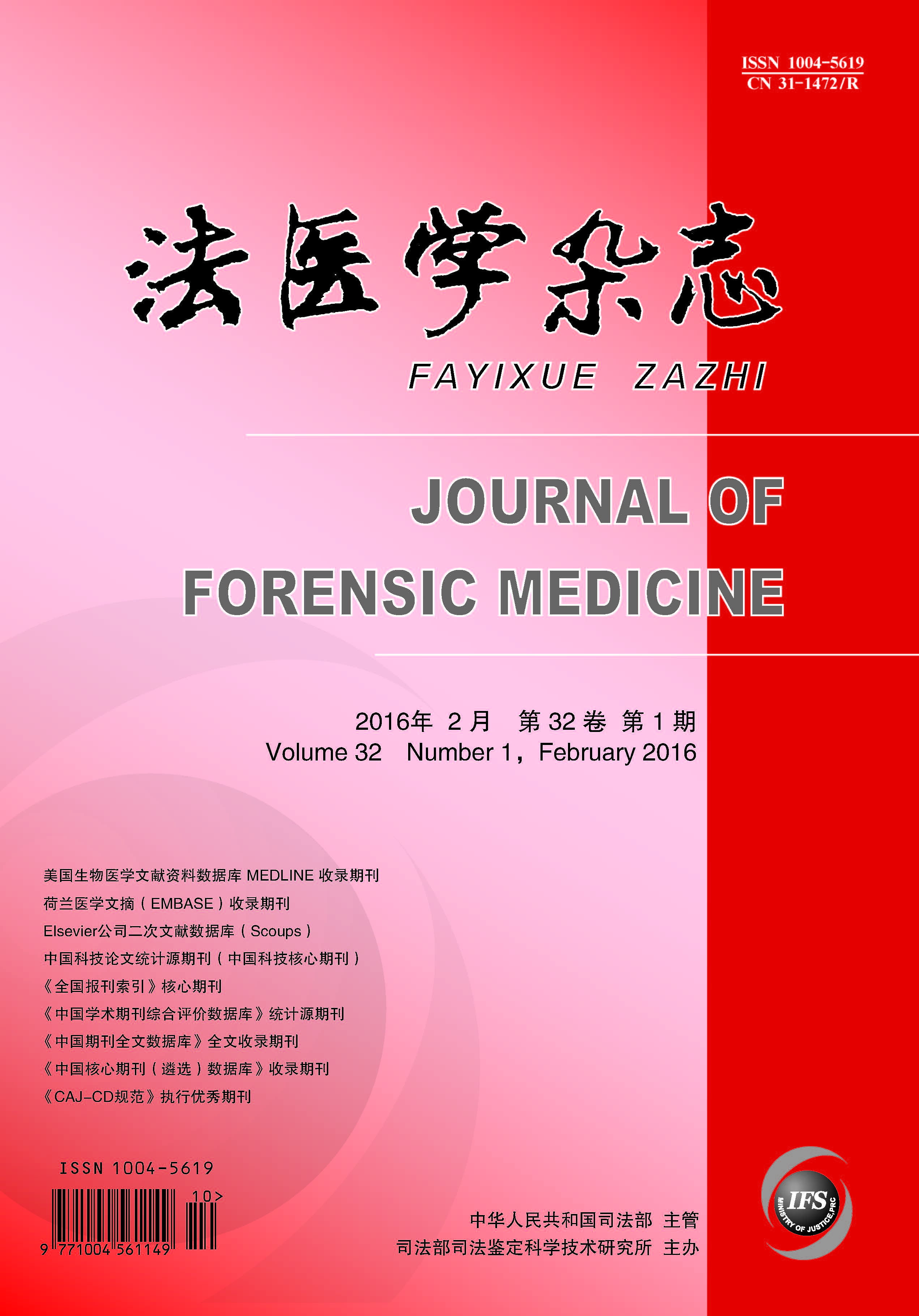|
|
Determination of a Newborn with Lethal Type Ⅱ Osteogenesis Imperfecta and Other Anomalies Using Autopsy and Postmortem MSCT--A Case Report
ZOU DONG-HUA, SHAO YU, ZHANG JIAN-HUA, DENG
2016, 32(1):
69-72.
DOI: 10.3969/j.issn.1004-5619.2016.01.018
A case of a stillbirth with lethal type Ⅱ osteogenesis imperfecta (OI) was reported. The fetus had skull fractures and craniocerebral injuries during pregnancy. Postmortem multi-sliced computed tomography (MSCT) and 3D-reconstruction were performed, followed by a medico-legal autopsy. The autopsic findings showed the typical features of type Ⅱ OI, including a soft calvarium, deformed extremities, flexed and abducted hips, and uncommon features, such as white sclera, coxa vara, absence of several bones and organs, a cleft lip, and asymmetric ears. The radiologic images revealed such anomalies and variations as a cleft palate, mandibular dysplasia, spina bifida, costa cervicalis, and fusion of the ribs and vertebrae, which were difficult to detect during conventional autopsy. The paper investigated the classification, causative mutation, cause of death, and the differentiation of OI from child abuse, coming to a conclusion that OI knowledge can be of great importance to forensic pathologists and that the merits of postmortem MSCT should be emphasized in forensic pathologic examinations.
Related Articles |
Metrics
|


